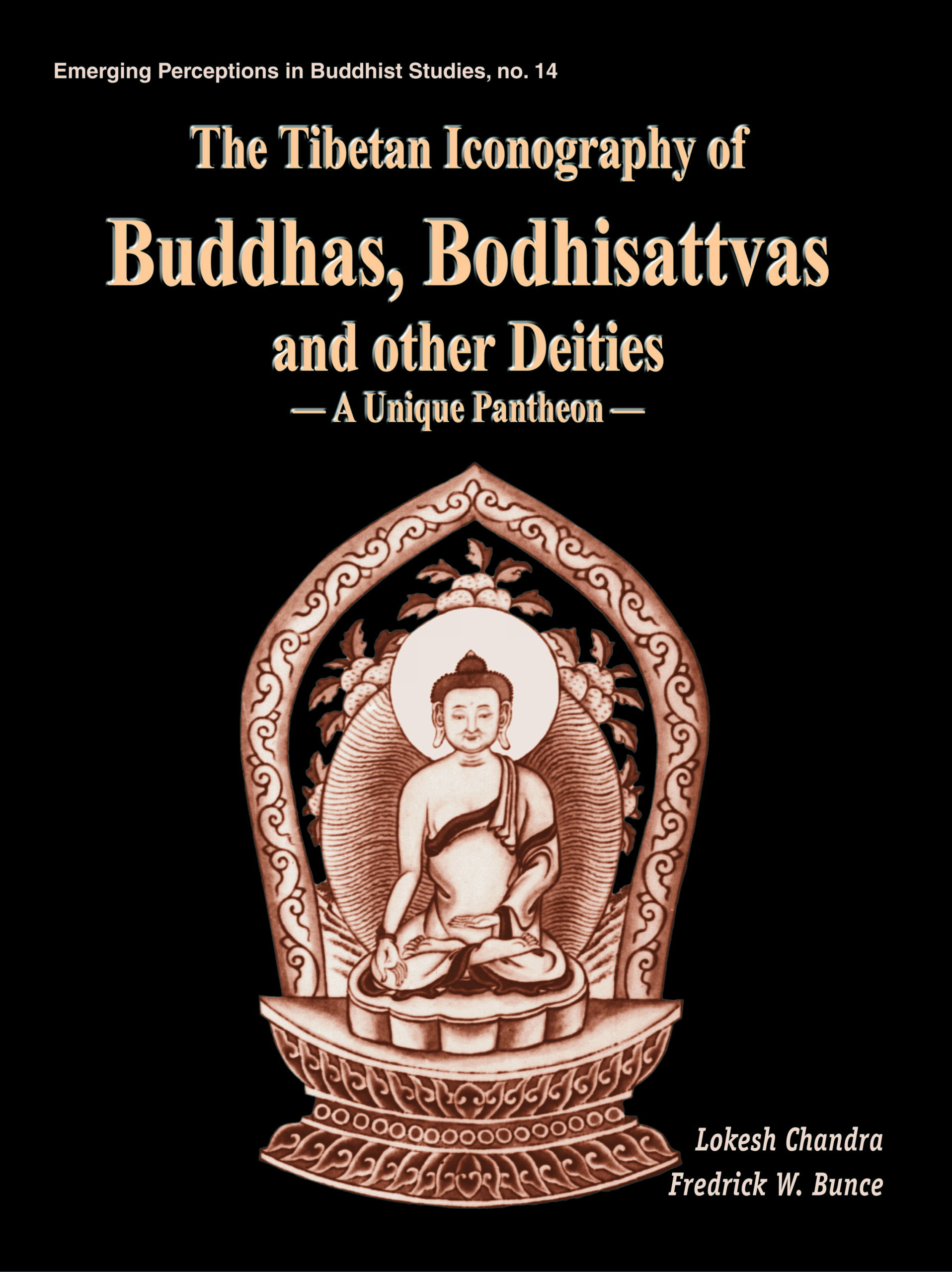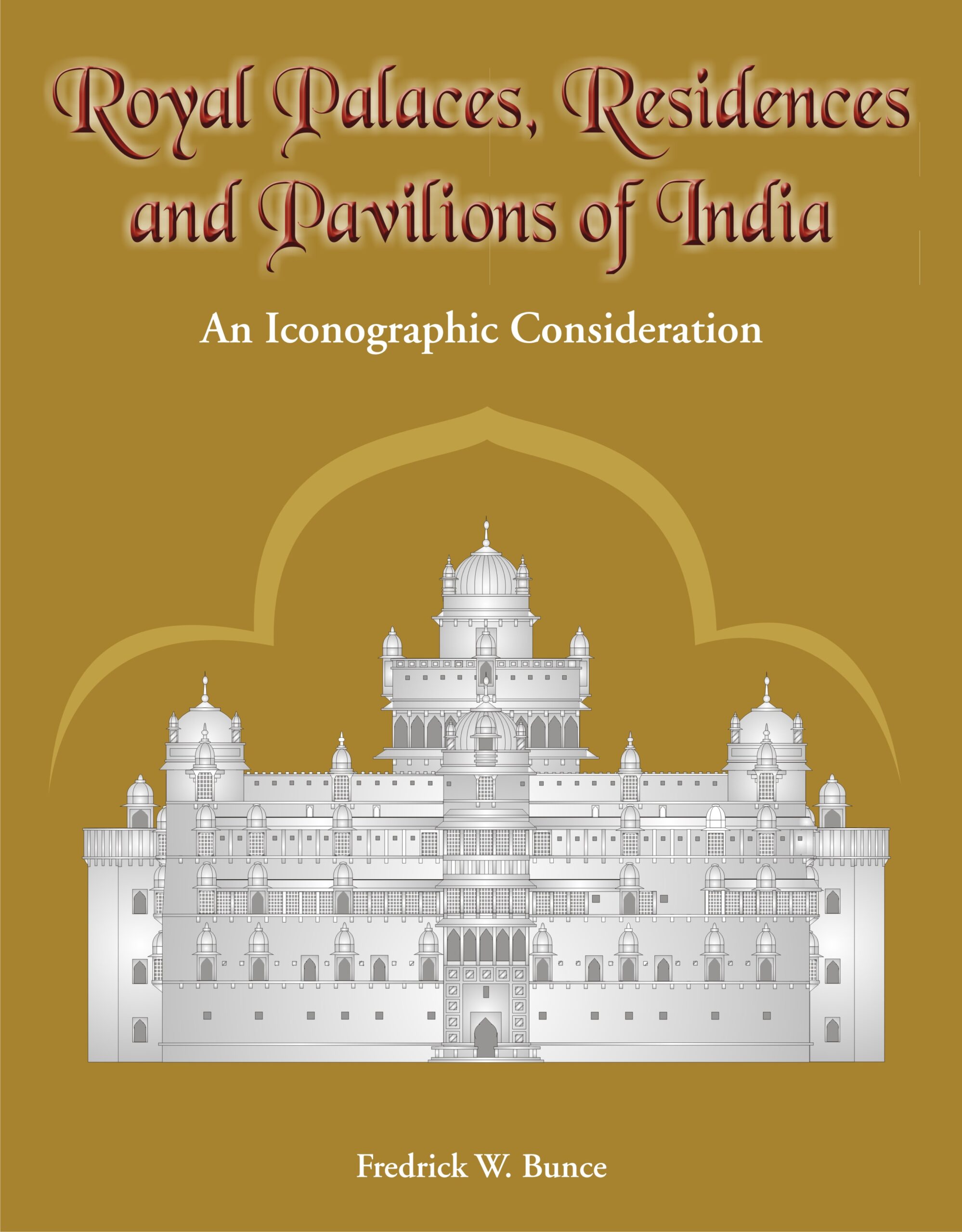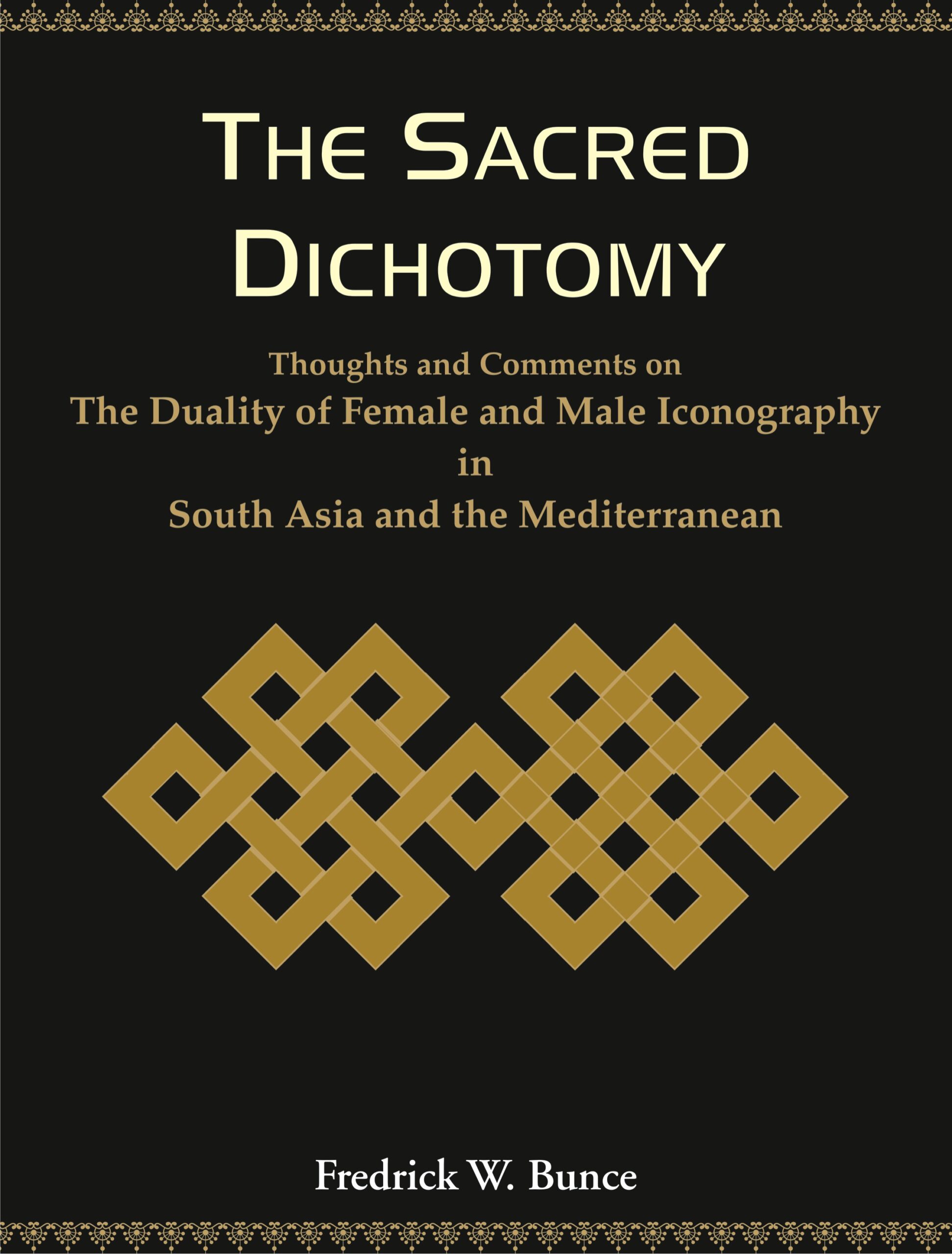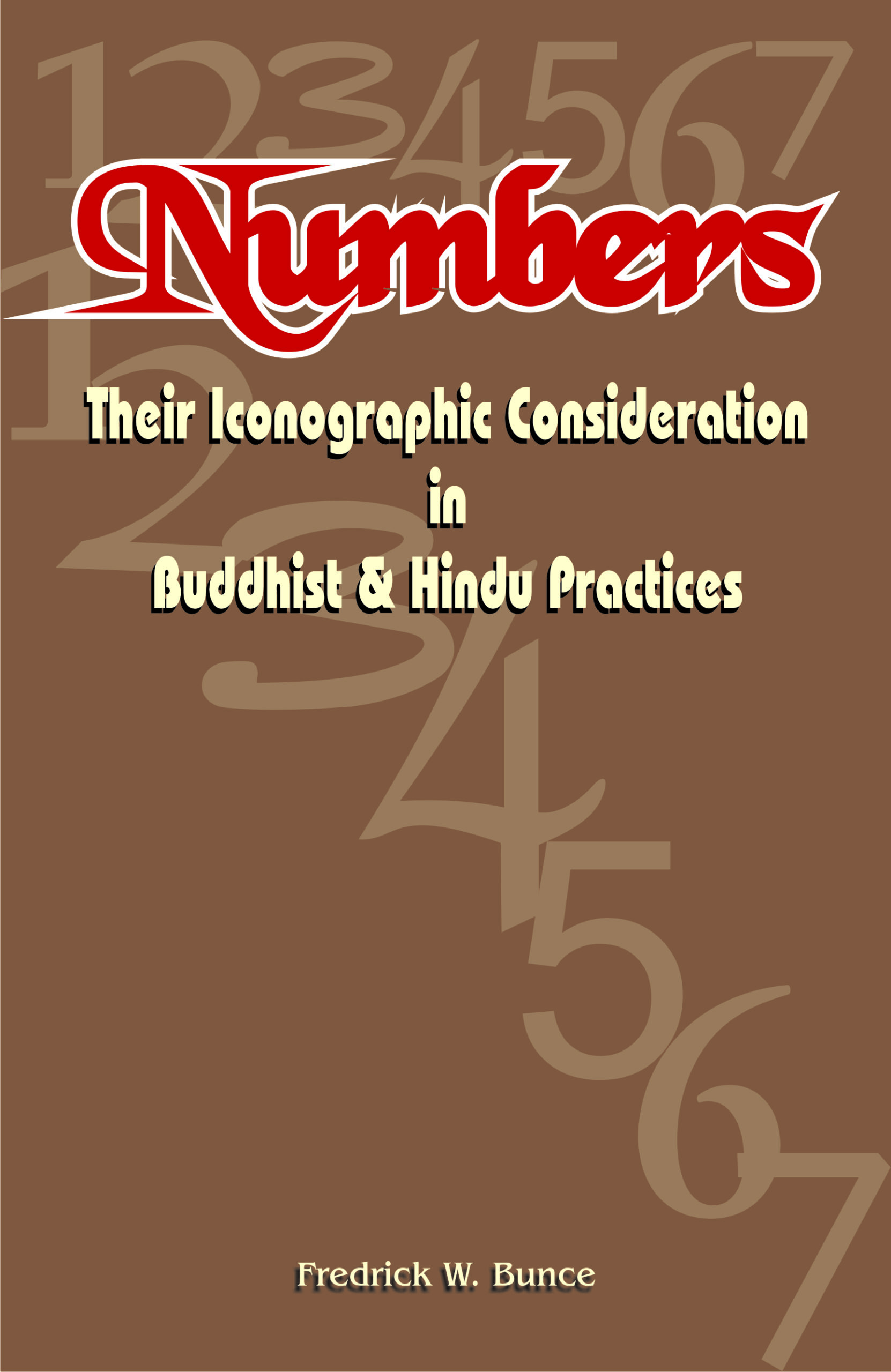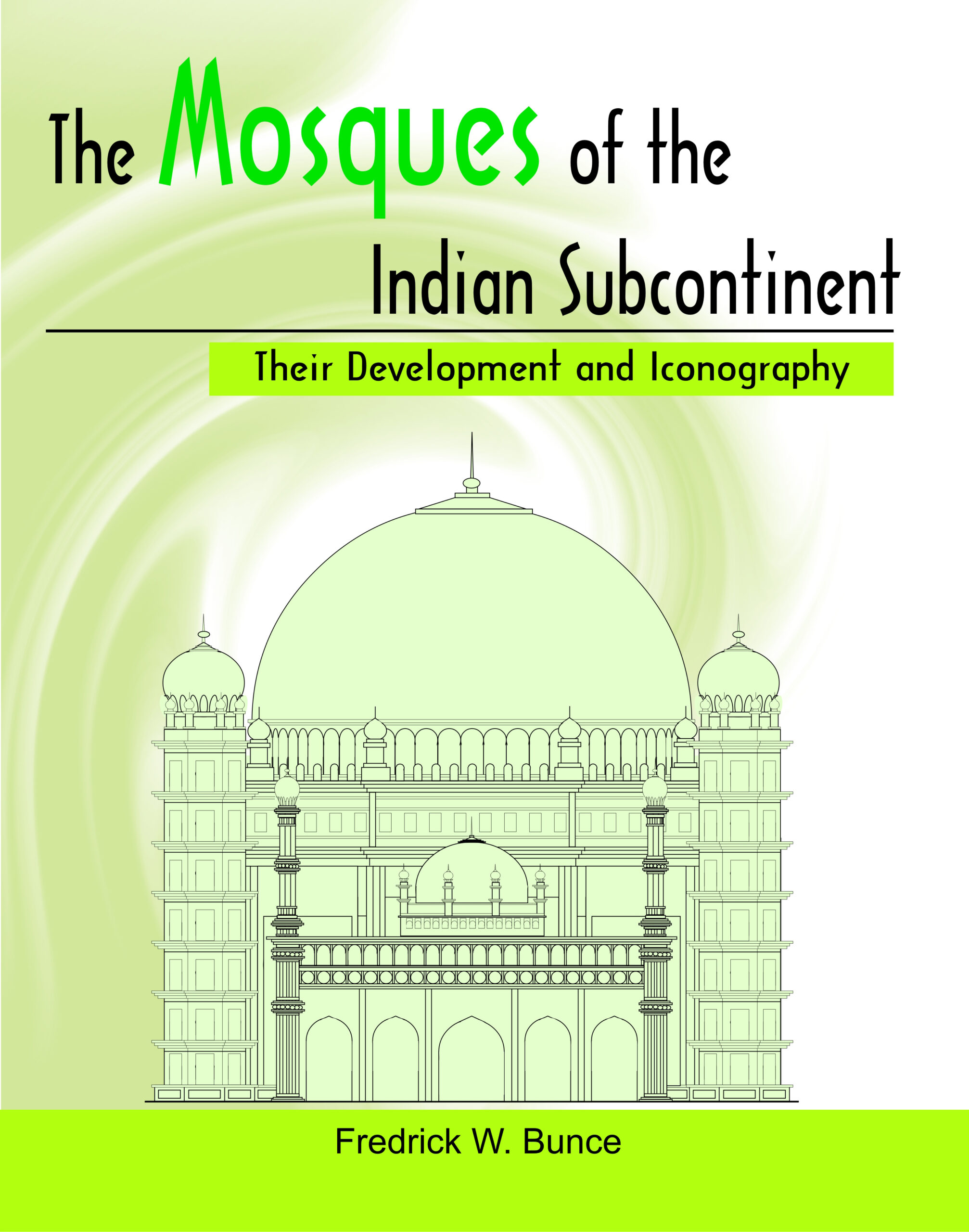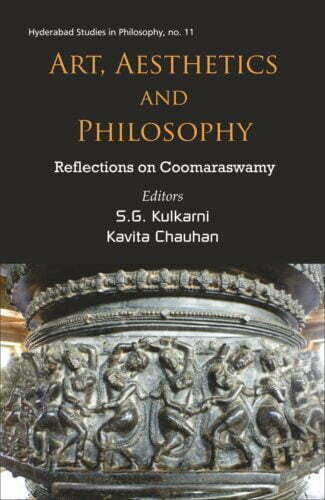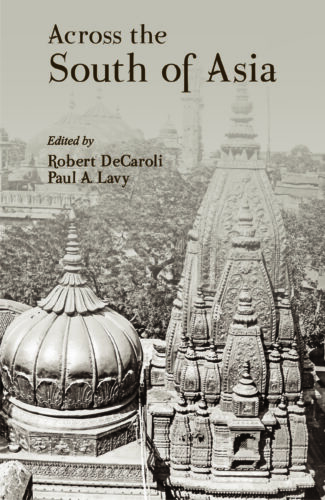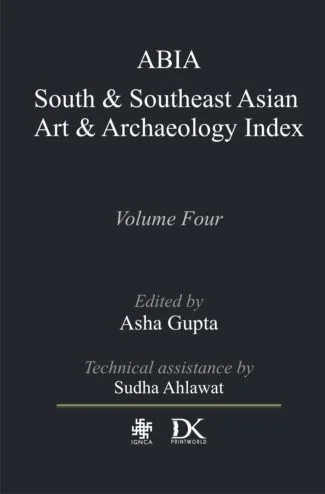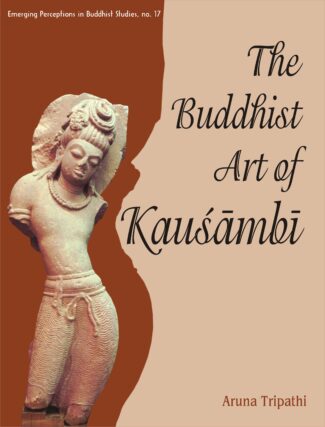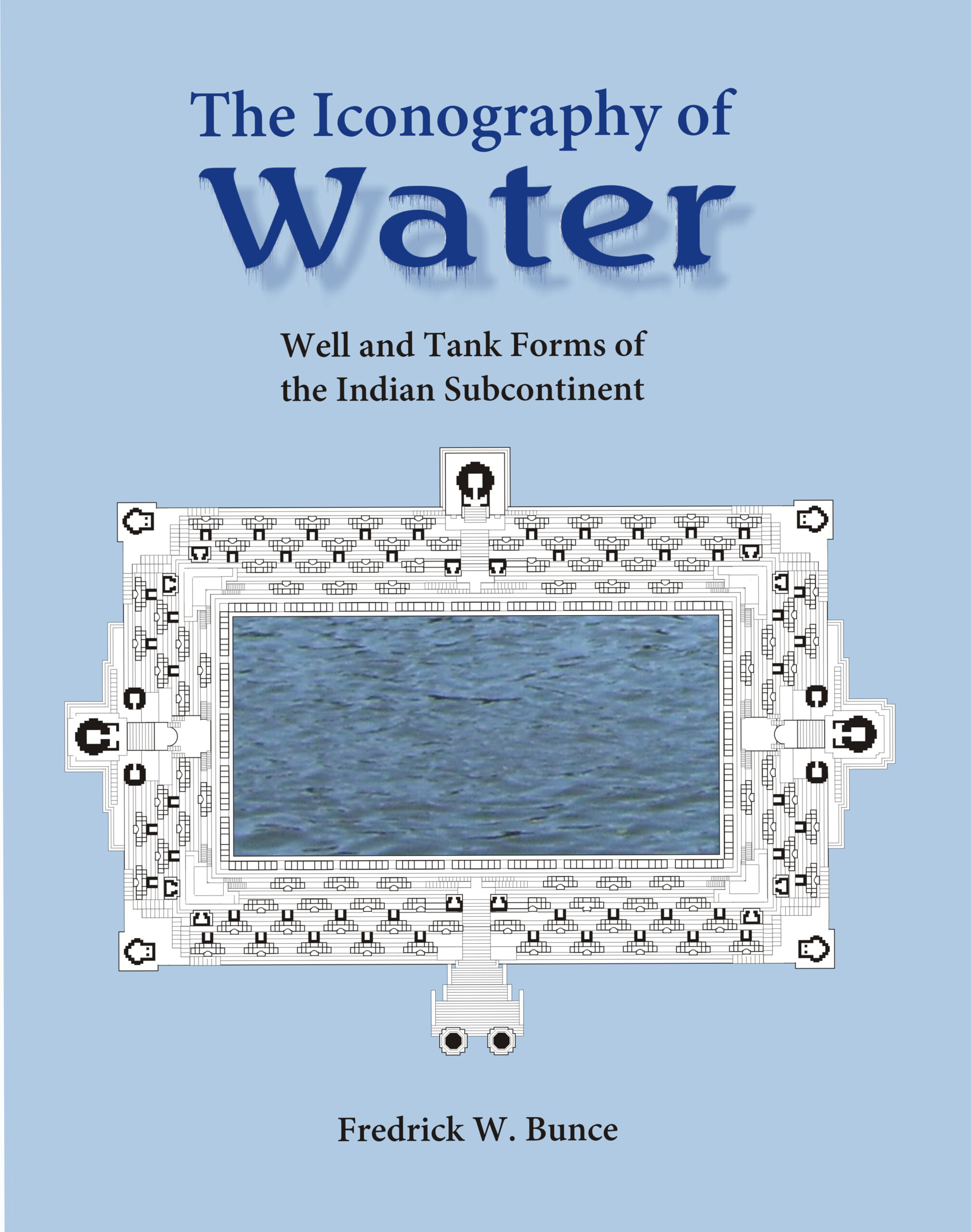

The Iconography of W...
The Iconography of Water
by: Fredrick W. BunceBaolis, bawadis, keres, kulams, kundas, talaos, tankas, wavs, zings were a neglected lot in the oeuvres of Indian architects and art. This volume, devoted to their study, is heavily loaded with the design of various structures and other vital information. Every detail is assiduously analysed, compared and rechecked to present the dimensions, proportions and relationships of each of these structures.
Original price was: ₹1,150.00.₹1,035.00Current price is: ₹1,035.00.
ISBN: 9788124606971
Year Of Publication: 2013
Edition: 1st
Pages : xii, 237p.
Bibliographic Details : Appendices; Bibliography
Language : English
Binding : Hardcover
Publisher: D.K. Printworld Pvt. Ltd.
Size: 29
Weight: 1000
While numerous Indian monuments are well known in the annals of architectural research and excavation, a category of monuments baoli, bawadi, kere, kulam, kunda, talao, tanka, wav and zing was neglected in the oeuvres of architects and art. A few are familiar with the splendid beauty of the Surya Tank, Modhera; the vertiginous Canda Baoli, Abhaneri; the incomparable Rani-ki Wav, Patan; the magnificent Kalyani Tank, Hulikere; and the beautiful Rudabai-ni Wav, Adalaj. Thousands of such monuments are excellent in architectural beauty and design, apparently based on their primary utility drinking, bathing, religious purification and ornamental (recreation).
Water plays a quintessential role in the life of man. Its harvesting, preservation and careful use are of paramount importance, especially in those regions where rains are scanty. Thus took place the construction of these artificial water bodies. Many of them are within the precincts of temples and mosques, built in a time span of seventh to twentieth century ce.
This volume, devoted to the study of water monuments, is heavily loaded with the design of various structures and other vital information. Every detail in this book is assiduously analysed, compared and rechecked to present the dimensions, proportions and relationships of each of the various elements of the structures. Thus it unravels a number of keys by which others can unlock the mysteries and beauties of these neglected monuments.
It can be a precious collection for architects, historians, researchers and anyone who loves water bodies.
List of Plates
List of Figures
Abbreviations
Preface
Introduction
Stepped Wells, Tanks and Pools
Manjushri Wav, Dhank, Gujarat
Vishnu-pushkarini, Mahakuteshvara Temple, Badami, Karnataka
Roda Kunda, Roda, Gujarat
Natarajar Temple, Cidambaram, Tamil Nadu
Manikarnika Kunda (Cakra-Pushkarini Kunda), Varanasi, Uttar Pradesh
Surya Temple, Modhera, Gujarat
Pancamahal Kunda, Pancamahal, Gujarat
Canda Baoli, Abhaneri, Rajasthan
Rani-ki Wav, Patan, Gujarat
Kalayni Tank, Hulikere, Karnataka
Cennakeshava Temple Tank, Belur, Karnataka
Mahamaya and Navalinga Temples Tank, Kukkanur, Karnataka
Brahma Kunda, Kaveri Temple, Telakaveri, Karnataka
Gandhak-ki Baoli, Delhi
Nizamuddin Baoli, Delhi
Ugrasena-ki Baoli, Delhi
Rudabai-ni Wav, Adalaj, Gujarat
Dada Harar Wav, Asarwa, Gujarat
Imperial Vijayanagara, Karnataka
Residence Tank (north-west of RÀmacandra Temple [W1])
Octagonal Well, Malpannagudi (Vijayanagara), Karnataka
Ramatirtha Pushkarini, Santhebennur, Karnataka
Jami Masjid Haud, Campaner, Gujarat
Virupaksha Temple Complex, Hampi, Karnataka
Vitthalapura, Hampi, Karnataka
Krishnapura, Hampi, Karnataka
Shadiabad, Mandu, Madhya Pradesh
Inner Fort, Gingee, Tamil Nadu
Arunacala (Annamalaiar) Temple, Tiruvannamalai, Tamil Nadu
Shri Ranganathaswami Temple, Tiruchirappalli, Tamil Nadu
Ekambareshvara Temple Tank, Kanchipuram, Tamil Nadu
Rajon-ki Baoli, Delhi
East Well (Baoli), Rohtas, Pakistan
Fatehpur Sikri, Uttar Pradesh
Canda Bauri, Bijapur, Karnataka
Amber Tank (Panna Mia), Amber, Rajasthan
Minakshi Sundareshvara Temple, Madurai, Tamil Nadu
Fatehpur Bawdi, Fatehpur, Rajasthan
Kalyani Kulam (Belagola), Shravanabelagola, Karnataka
Shalimar Bagh, Srinagar, Kashmir
Shalimar Bagh, Lahore, Punjab, Pakistan
Jagadisha Temple Tank, Udaipur, Rajasthan
Garden Palace, Deeg, Rajasthan
Padmanabhapuram, Kanyakumari, Tamil Nadu
Guru Nanak Dev-ji Tank, Tilla Jogian, Jhelum, Pakistan
Nandanvana Baoli, Nagpur, Maharasthra
Sakkardara Baoli, Nagpur, Maharashtra
Thathawata-Johad, Thathawata, Rajasthan
Final Considerations
Appendix A List of Notable Stepped Wells and Tanks in the Subcontinent Appendix B
Glossary Appendix C
Miscellaneous Plans and Elevations
Unverified Plans Appendix D
Relevant Ruling Dynasties Addendum
Helical Step Well, Campaner-Pavagadh Bibliography Acknowledgement
Plate Page
1. ManjurÁ WÀv plan
2. ViÈõu-puÈkariõÁ plan
3. RoçÀ Kuõça plan
4. NaÇarÀjar Temple plan
5. ivagaôgÀ Tank plan 27
6. MaõikarõikÀ Kuõça (Cakra-PuÈkariõÁ Kuõça) plan 29
7. SÂrya Temple Ensemble plan 31
8. SÂrya Temple Tank plan 33
9. Paðcamahal Kuõça plan 35
10. CÀnda BÀolÁ plan 37
11. RÀnÁ-kÁ WÀv plan 39
12. Kalayni Tank plan 41
13. Cennakeava Temple Tank plan (partial) 43
14. MahÀmÀyÀ and Navaliôga Temples Tank plan 45
15. Brahma Kuõça plan (partial) 47
16. Gandhak-kÁ BÀolÁ plan 49
17. NiÿÀmuddÁn BÀolÁ plan 51
18. Ugrasena-kÁ BÀolÁ plan 53
19. RudabÀÁ-nÁ WÀv plan 55
20. DÀdÀ HarÁr WÀv plan 57
21. Imperial Vijayanagara, Royal Centre 59
22. Great Tank plan 61
23. Geometric Tank plan 63
24. Square Water Pavilion (Queens Bath) plan 65
25. Octagonal Bath plan 67
26. Residence Tank (North-west of RÀmacandra Temple [W1]) plan 69
27. Octagonal Well plan 71
28. RÀmatÁrtha PuÈkariõÁ plan 73
29. JÀmÁ Masjid Haud, CampÀner, plan 75
30. VirÂpÀkÈa Temple Complex 77
31. Manmatha Tank plan 79
32. ViÇÇhalapura with Tank and Processional Avenue 81
33. ViÇÇhalapura Tank plan 83
34. K¦Èõapura with K¦Èõa Temple Tank and Processional Avenue 85
35. K¦Èõa Temple Tank plan 87
36. ShadiÀbÀd 89
37. JahÀÿ Mahal, ShadiÀbÀd, Terrace Level plan 91
38. JahÀÿ Mahal Pools plan 93
39. RewÀ Kuõça plan 95
40. Inner Fort, Gingee 97
41. AnaikuÒam (Bathing Tank) plan 99
Plate Page
42. KamalakanniammaôkuÒam (Bathing Tank) plan 101
43. AruõÀcala (Annamalaiar) Temple 103
44. ivagaôgÀ Tank plan 105
45. rÁ RaôganÀthaswÀmi Temple overall plan 107
46. rÁ RaôganÀthaswÀmi Temple plan 109
47. CandrapuÈkariõÁ plan 111
48. EkÀmbarevara Temple Tank plan 113
49. Rajoô-kÁ BÀolÁ plan 115
50. East Well (BÀolÁ) plan 117
51. Fatehpur SÁkrÁ, plan of royal compound 119
52. AnÂpa TÀlÀo (CÀr Caman) plan 121
53. Elephant Gate BÀolÁ plan 123
54. CÀnda BauÃÁ plan 125
55. Amber Tank (PannÀ MiÀ) plan 127
56. MinÀkÈÁ Sundarevara Temple plan 129
57. PonthamaraikuÒam (Golden Lotus Tank) plan 131
58. Fatehpur BÀwçÁ plan 133
59. KalyÀõÁ KuÒam (BeÒagoÒa) plan 135
60. Shalimar Bagh (Srinagar) plan 137
61. Shalimar Bagh (Lahore) plan 139
62. JagadÁa Temple Tank plan 141
63. Garden Palace plan 143
64. RÂpa SÀgara Garden Palace, plan 145
65. PadmanÀbhapuram plan 147
66. KalkuÒam, PadmanÀbhapuram, plan 149
67. Guru NÀnak Dev-jÁ Tank plan (partial) 151
68. Nandanvana BÀolÁ plan 153
69. Sakkardara BÀolÁ plan 155
70. Thathawata-Johaç plan 157
Appendix C
71. Ta Keo, Angkor half plan (below) and proportional
elevation (above) 184
72. Jambukevarar Temple, Southern Gopura, proportional
elevation 185
73. Jambukevarar Temple, 3rd Gopura from the South,
proportional elevation 186
74. Gandhak-kÁ BÀolÁ elevation towards shaft 187
75. Lateral force solution from DÀdÀ HarÁr WÀv 188
76. Distribution of force around a circular or octagonal form 189
Plate Page
77. RÀnÁ-kÁ WÀv, PÀÇan, proportional elevation at open colonnade 190
78. DÀdÀ HarÁr WÀv proportional elevation (partial) 191
79. Noblemens Quarter with tank, Vijayanagara 192
80. Imperial Vijayanagara 193
81. Sacred Centre, Vijayanagara, HampÁ 194
82. VirÂpÀkÈapura, showing Processional Avenue, HampÁ 195
83. ViÇÇhala Temple Complex, HampÁ 196
84. K¦Èõa Temple Complex, HampÁ 197
85. TiruveôgalanÀtha (AcyutarÀyapura), HampÁ, indicating tank 198
86. TiruveôgalanÀtha (AcyutarÀyapura) Temple Complex, HampÁ 199
87. Gingee Citadel, plan and topography (simplified) 200
88. RÀjagiri fortifications, indicating the
KamalakanniammaôkuÒam 201
89. Water Pavilion, Kumatagi (BÁjÀpur) 202
90. Masjid-i JÀmÁ, CampÀner (a. ce 1485) 203
91. Typical Nirazhi Maõçapa design 204
92. BÀdshÀhÁ Masjid plan indicating the bÀolÁ (upper left) 205
93. Unverified plan of KÀmÀkÈi-Amman Temple Tank,
KÀðcÁpuram 207
94. Unverified plan of SwÀmi PuÈkariõÁ, rÁ VeôkaÇevara (BÀlÀjÁ)
Temple 208
95. Unverified plan of Lucknow BÀolÁ 209
96. Elephant Gate BÀolÁ plan I (conjectural) 210
97. Elephant Gate BÀolÁ plan II (conjectural) 211
Addendum
98. Helical Step Well plan 231





